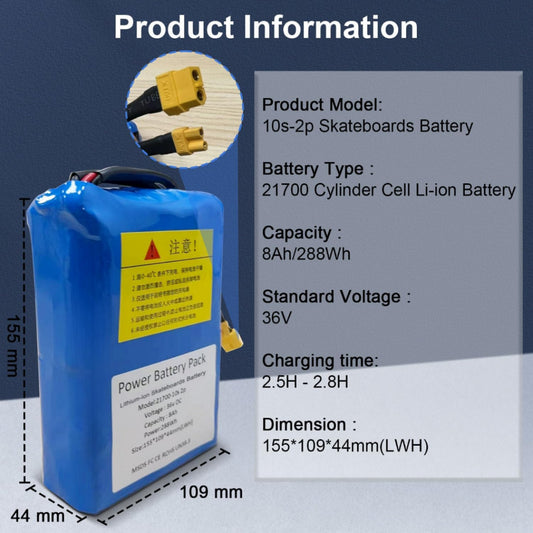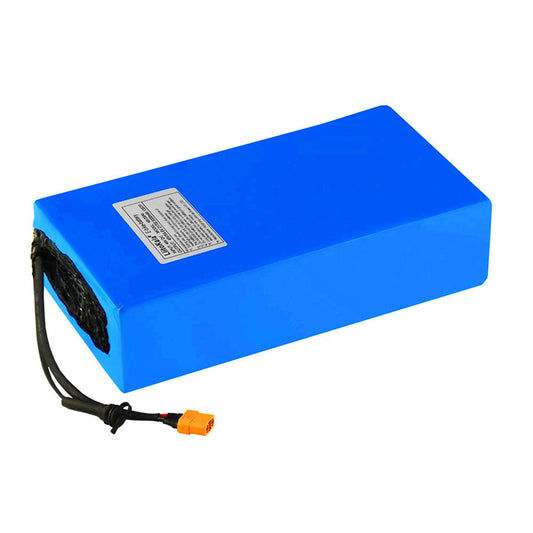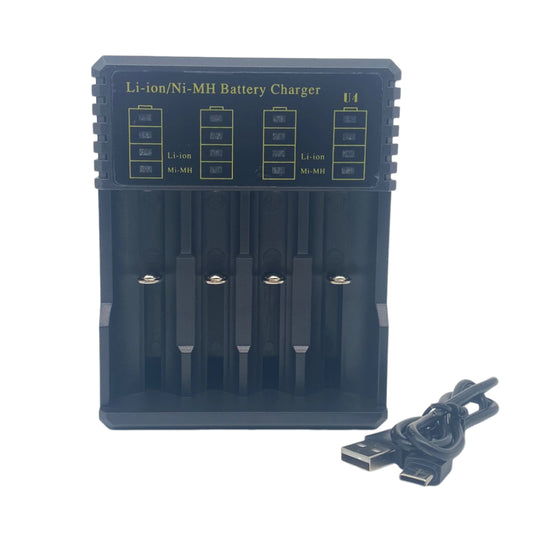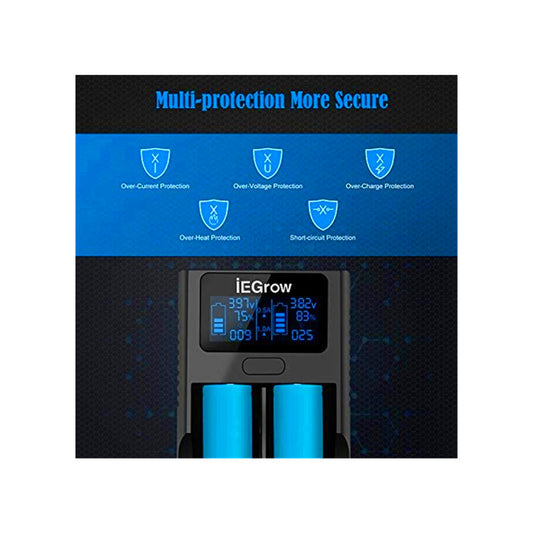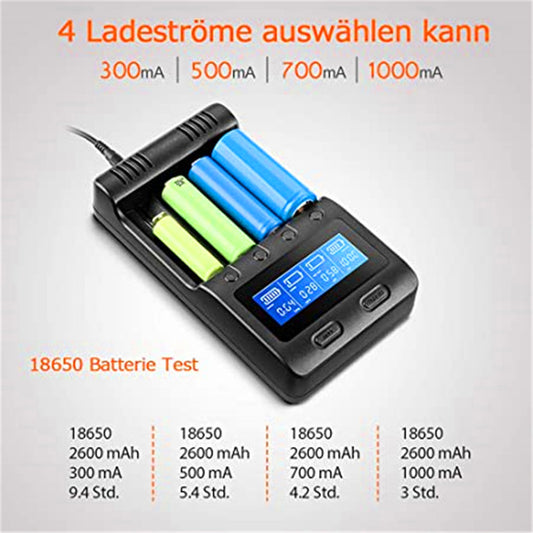The Ring Doorbell is popular for its convenience and security features. As a result, there is growing interest in ring doorbell battery's lifespan, which can range from six months to a year under normal use. This article discusses factors that affect its lifespan, the battery life of different models, and how to extend it.
6 Key Factors That Affect Battery Life
There are generally six main factors that affect the battery life of a Ring Doorbell. Understanding these factors can help users optimize their device usage and extend the battery life. Here are the key factors:
-
Usage Frequency
-
External Temperature
-
Wi-Fi Signal Strength
-
User Settings
-
Software Updates
-
Device Installation Location
If the device is installed in a location with frequent human or animal activity, it may trigger more motion detection events, thus consuming more power.
What Is the Battery Life Between Different Ring Doorbells?
For different models of Ring doorbells, the battery life and charging time are as follows:
1. Ring Video Doorbell (1st, 2nd, and 3rd Generations)
The first three generations of the Ring Video Doorbell typically offer a battery life of 6 to 12 months, depending on how actively they are used. These models require 5 to 10 hours to fully recharge.
2. Ring Video Doorbell 4
Similar to the earlier versions, the Ring Video Doorbell 4 has a battery life that ranges from 6 to 12 months, with recharging taking about 5 to 10 hours.
3. Ring Peephole Cam
The Ring Peephole Cam is specifically designed for apartment dwellers and is suited to be installed on door peepholes. This model generally lasts about 6 months on a full charge and needs 4 to 8 hours to recharge. Since the Peephole Cam is often positioned in high-traffic hallway areas, its battery might deplete faster than other models.
4. Note on Hardwired Models
Please note that the Ring Video Doorbell Pro, Pro 2, and Elite models are meant to be connected directly to your home's electrical system. These models do not use batteries.

How To Extend The Battery Life Of Ring Doorbell Battery?
Extending the battery life of a Ring Doorbell can ensure that your home remains secure without the frequent need for recharges. Here are some practical tips on how to maximize the battery life of your Ring Doorbell:
-
Reduce Motion Sensitivity
-
Customize the Motion Zones
-
Adjust Video Settings
-
Maintain Strong Wi-Fi Connection
-
Regular Firmware Updates
-
Charge Before Completely Drained
Lithium-ion batteries, such as 18650 batteries or 21700 batteries, have a longer overall lifespan when they are not allowed to drain completely. Recharge your Ring Doorbell battery when it reaches around 20% capacity.
-
Protect from Extreme Weather

FAQ
How to Charge Ring Doorbell?
To charge newer models such as the Ring Video Doorbell 2, 3, 3 Plus, and 4, first unscrew the security screw at the bottom of the doorbell and remove the battery pack. Use the USB charging cable provided by Ring, connecting one end to the battery via the micro USB connector and the other end to a wall charger or another USB power source.
During charging, the LED on the battery pack will light up, and once the battery is fully charged, the LED will turn off or change color. Once charging is complete (which may take several hours), reinsert the battery pack into the doorbell unit and secure it with the security screw.
Tips: When charging your Ring doorbell, use a compatible USB wall charger to ensure efficient charging, and avoid using computer USB ports as they may result in slower charging times.
Additionally, it's advisable to regularly check the battery level through the Ring app and plan recharges as needed to ensure your doorbell does not run out of power, especially during periods of increased usage. This will help maintain the continuous operation and effectiveness of your doorbell.
How Long Does the Ring Battery Take to Charge?
The charging time for a Ring doorbell battery can vary depending on the model and the charger used for charging. Generally, it takes about 5 to 10 hours to fully charge the battery if it's completely depleted.
It's advisable to use the USB charging cable provided by Ring and connect the battery to a compatible USB wall charger rather than a computer USB port, as wall chargers typically offer more efficient charging.
How Do I Know How Low My Ring Battery Is?
To check the battery level of your Ring Doorbell, you'll need to use the Ring app, which is the main tool for monitoring and managing Ring devices. First, open the Ring app on your smartphone or tablet, and from the main page, select the doorbell device you wish to check.
After selecting the device, go to the "Device Health" option, which can typically be found in the device settings menu. On the Device Health page, you'll see the battery level displayed as a percentage. This section not only provides the current battery level but may also offer additional information about the battery's health and performance.
Related article: How to Clean Battery Corrosion?
18650 Battery Vs AA


